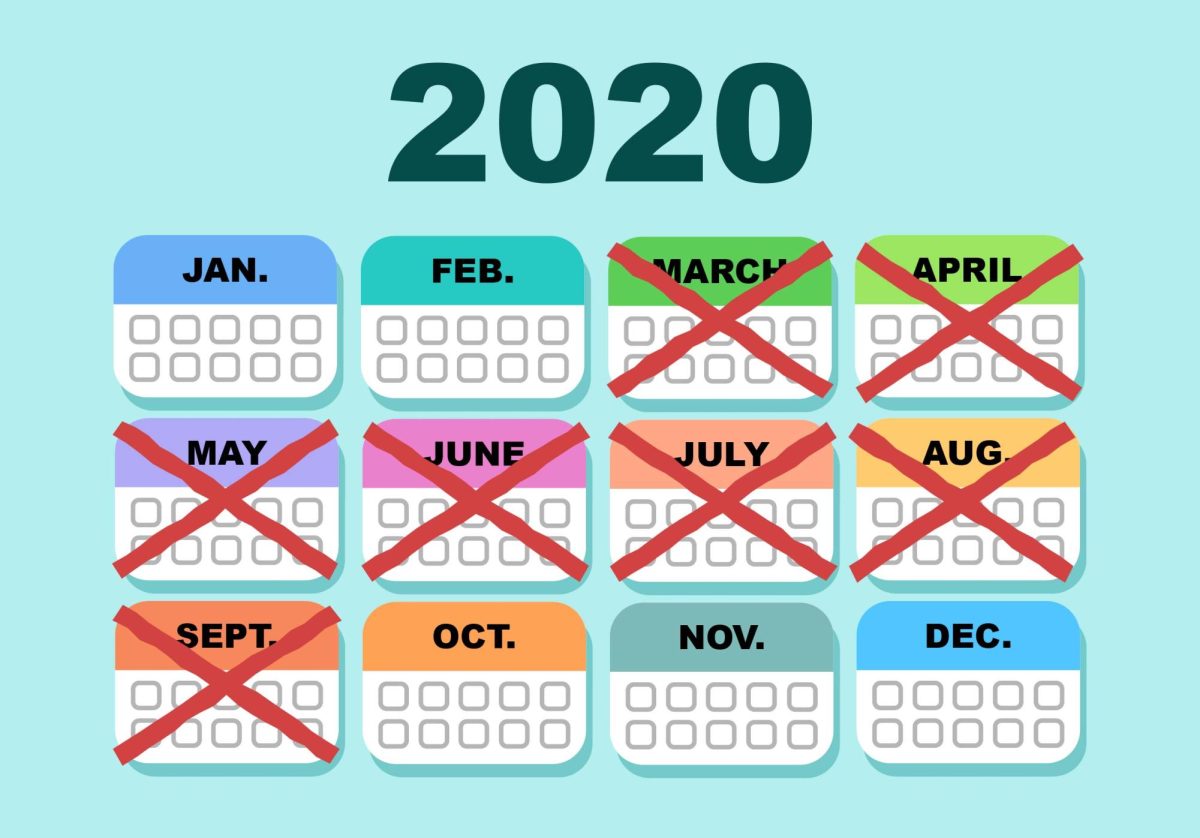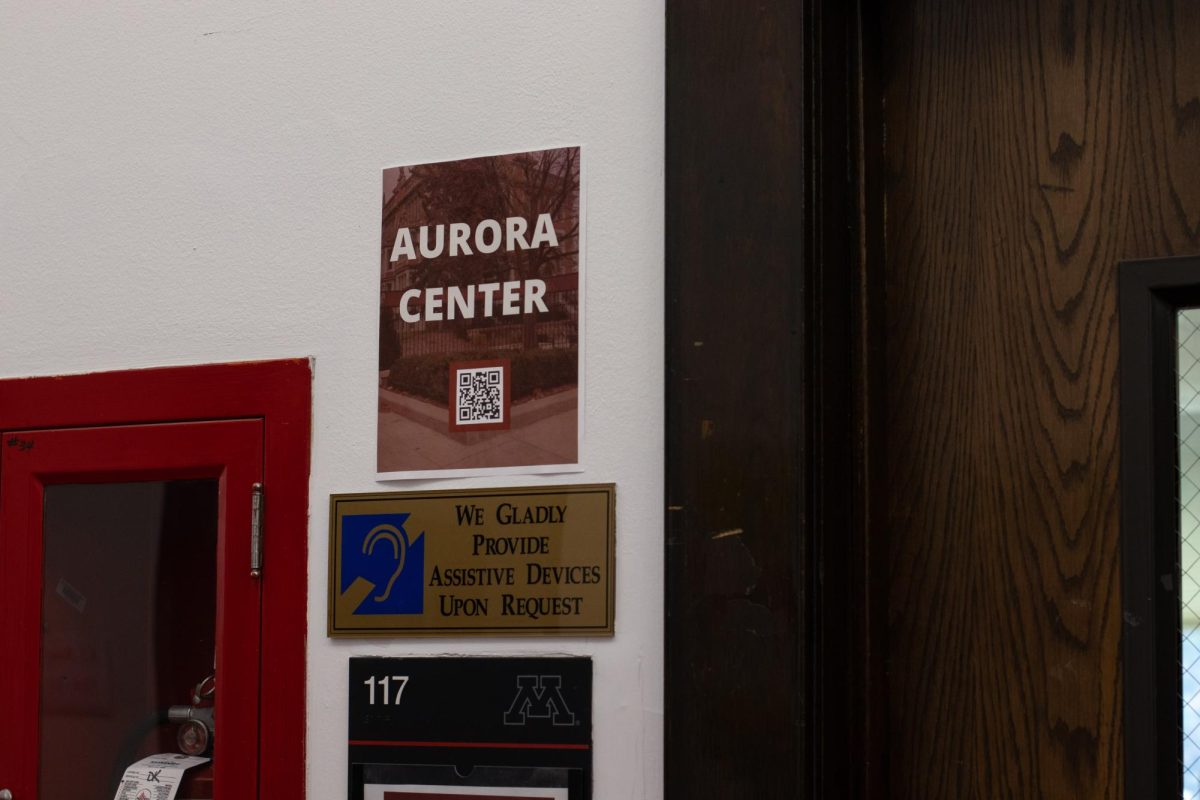Last May, the University of California made the historic decision to eliminate its standardized testing entrance requirement. UC President Janet Napolitano said that students will not be required to submit ACT or SAT scores until at least 2024. By 2025, the university hopes to develop a standardized test that is more reflective of public education.
The earliest version of the SAT was first used to test the IQ of incoming U.S. army men and was adapted in 1926 for incoming college students. Its subsequent competitor, the ACT, was developed in 1959. Since then, standardized exams have been used to homogenize student bodies in terms of apparent intelligence and academic proficiency.
Inaccurate results
Although almost 95% of regionally accredited colleges that U.S. News has data on require or recommend submitting a standardized test score, the exams themselves are highly inaccurate. For example, each section of the ACT has a margin of error between 1.43 and 2.2 points. These small numbers under consideration of scholarship and acceptance cutoffs actually carry an immense weight. The fact that a student, under no fault or merit of their own, may receive a test score that varies by more than two points should invalidate the exam altogether.
Faulty correlational value
Recent evidence for and against the predictive value of standardized testing has been scattered. Although the ACT board asserts that test scores have a strong correlation with collegiate success, most independent studies agree that high school GPA is a more reliable predictor. Students with excellent high school GPAs but lower than average exam scores tend to perform better than students with low high school GPAs and high test scores.
Questionable adherence to anti-discrimination statutes
Even at first glance, standardized testing score distributions are problematic. Not surprisingly, there is a strong relationship between exam scores, race and family income. SAT data from 2014 found that white and Asian students respectively scored 298 to 367 points higher than Black students. Students whose family income exceeded $200,000 a year received the highest test scores, and students whose family income fell below $20,000 a year received the lowest scores.
Of course, the two issues are related. Just 5% of white test-taking students’ family incomes were below $20,000. Likewise, only 7% of the participating Black students’ families made $100,000 or more. Considering the prevalence of elective, expensive test-taking courses, students with greater means have more opportunities to prepare. However, even less financially privileged white students, whose families made less than $10,000, still scored 61 points higher than Black students from higher income brackets. The Journal for Blacks in Higher Education suggests a number of ideas about the basis of the phenomenon, including differences in curriculum at majority Black grade schools, availability of honors courses and stereotype vulnerability in the education system itself. One possibility, which catalyzed a lawsuit against University of California schools, is that both the test’s format and content tailor to white culture.
Proponents for the continued use of each of these outdated tests argue that they allow prestigious universities to compare students with similar transcripts. They also allow schools to use admission selectivity data to attract prospective students. Although neither of these usages are inherently malignant, the current system for standardized testing fails to determine students’ college readiness and serves to function as an indicator of privilege or lack thereof.














